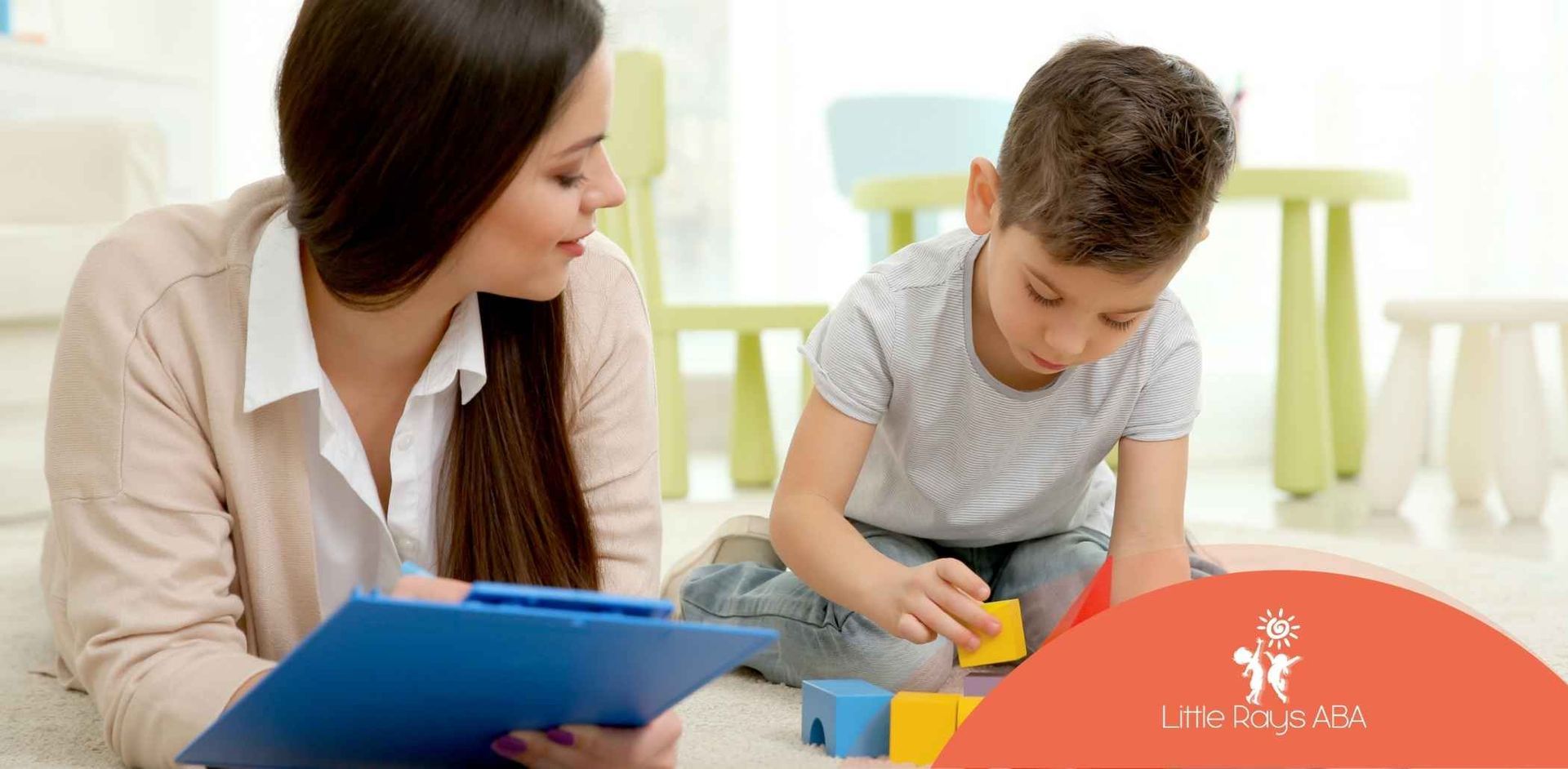
Why Routines Help Autistic Children Feel Safe and Thrive
Key Highlights
- Daily routines are crucial for autistic people, offering a sense of predictability and reducing anxiety.
- Maintaining structure helps young children on the autism spectrum navigate everyday life more confidently.
- A consistent routine fosters emotional resilience and enhances social interactions.
- Structured environments cater to sensory needs, minimising sensory overload and promoting calmness.
- Routines provide opportunities for skill development and greater independence, especially for toddlers.
- Mealtimes and other daily activities benefit from repetition and consistency, improving overall well-being.
For children with autism, routine can be the key to unlocking steady emotional and developmental growth. Predictability turns overwhelming days into manageable ones.
One parent I worked with in home-based ABA therapy, was overwhelmed by her child’s daily meltdowns. After introducing just three consistent touchpoints—morning prep, lunchtime routine, and bedtime—the changes were remarkable. Her child went from anxious to peaceful in less than a month.
Why Structure Helps Autistic Children Thrive
Predictability Creates Emotional Safety
Children with autism often struggle with unexpected changes. A predictable routine helps them know what’s coming next. This lowers anxiety and gives them a greater sense of control.
When routines stay the same—like regular mealtimes or bedtime rituals—children feel safer and more confident navigating the day.
Stability Eases Daily Transitions
For many autistic children, moving from one task to another can be stressful. Routines make these transitions smoother. When the flow of the day is familiar, kids can focus more easily and respond to changes with less distress.
How Routines Support Sensory and Emotional Needs
Reducing Sensory Overload
A chaotic or noisy environment can be overwhelming for children on the autism spectrum. Structured routines help limit the number of surprises in a day, which in turn reduces sensory triggers.
Caregivers can include calming activities and sensory-friendly spaces as part of the daily plan, helping children feel grounded.
Meeting Emotional Needs Through Repetition
Repetition isn’t just comforting—it’s a learning tool. Repeating certain tasks in a consistent order helps children build confidence and emotional resilience. It also gives them a better understanding of what’s expected.
Building Independence Through Daily Habits
Visual Schedules Help Toddlers Learn Autonomy
Young children with autism benefit from visual cues. Using charts, picture boards, or timers helps them understand the sequence of daily activities. This boosts self-reliance as they learn to complete tasks without constant prompts.
Practicing Life Skills with Repetition
Whether it’s brushing teeth or putting on shoes, repeating small tasks helps children develop essential life skills. Over time, they gain more independence and take pride in doing things for themselves.
Caregivers can also turn daily routines into learning moments by including basic social or motor skill activities within the schedule.
Reducing Anxiety and Behavioral Challenges
Consistency Helps Children Feel in Control
Many behavioral issues in autistic children stem from anxiety. When routines stay steady, children feel more in control of their world.
That sense of control makes it easier to handle changes, like going to school or trying something new.
Reinforcement Builds Positive Behavior
Using positive reinforcement when a child follows the routine can encourage long-term growth. Simple praise or small rewards build motivation and self-esteem.
When routines are used consistently, they can help children respond better to challenges and reduce emotional outbursts.
Creating Routines That Work at Home
Start with What Matters Most
Focus on daily routines that bring the most benefit—like waking up, mealtime, and bedtime. Keep the schedule simple at first, and build from there.
Use Visuals and Tools
Visual aids such as charts, photos, or checklists help children follow their routines independently. Timers and alarms also support transitions between tasks.
Keep It Flexible (But Predictable)
Unexpected things happen. You can prepare your child for small changes by showing them visual reminders or giving them advance notice. The key is to maintain the overall structure while leaving room for flexibility.
Partnering with Schools and Therapists
Collaboration Builds Consistency
Working with teachers and therapists ensures your child experiences a consistent routine across environments. Sharing tools like visual schedules or behavior strategies helps reinforce learning at home and school.
Use Evidence-Based Methods
Approaches like Pivotal Response Training (PRT) or Applied Behavior Analysis (ABA) are often used by therapists and can be integrated into daily routines. These methods help build communication and social skills naturally, through real-life tasks.
Collaboration Table:
| Area of Support | Benefit for the Child |
|---|---|
| Home visual schedules | Eases anxiety, boosts understanding |
| Therapist feedback to schools | Helps tailor support strategies |
| Shared skill-building goals | Encourages growth across all settings |
The Power of Daily Routines
A consistent routine offers far more than just structure—it builds confidence, supports emotional well-being, and opens the door to independence. For children with autism, having a predictable schedule makes life easier to understand and navigate.
When caregivers, teachers, and therapists work together, children get the guidance they need to grow and thrive in every area of life.
At Little Rays ABA, we know that every child is unique—and so is every routine. Our expert ABA therapists in Florida work closely with families to create structured, flexible routines that support real progress in daily life.
Whether you're just starting out or looking to improve what you already have, we’re here to help.
Let’s build something that works—together.
FAQs
What are common challenges when building routines for autistic children?
Some kids may resist new routines or struggle with changes in schedule. Sensory issues and communication delays can make transitions harder. Using visual supports and being patient can help ease this process.
How can I prepare my child for unexpected changes?
Let your child know about changes ahead of time. Use pictures or simple language to explain what will happen. You can also rehearse new routines together before the actual event.
Can routines help improve social and communication skills?
Yes. Routines provide structure for practicing communication during daily activities. Over time, this repetition helps children build confidence in social situations.
Sources:
- https://www.autismparentingmagazine.com/daily-activities-autistic-children/
- https://www.marcus.org/autism-resources/autism-tips-and-resources/establishing-routines-at-home
- https://www.autism.org.uk/advice-and-guidance/topics/about-autism/preference-for-order-predictability-or-routine
- https://www.nhs.uk/conditions/autism/autism-and-everyday-life/help-for-day-to-day-life/
- https://www.autismparentingmagazine.com/autism-routine-importance/
Related Posts





